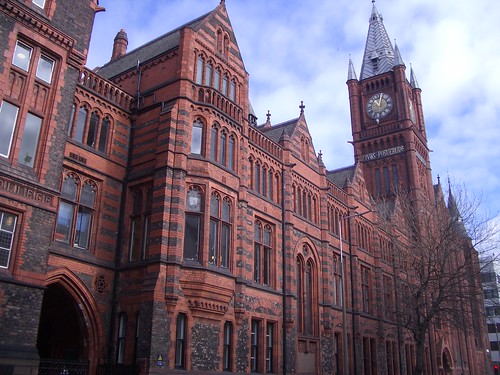 Wycombe Abbey is one of the famous independent girls' schools in the UK, established in 1896. This school is located in High Wycombe, Buckinghamshire. About 540 students, ranged from 11 to 18, are studying there. This school is a bording school, which means most students are staying there to study. I will show you more about what boarding is in this entry.
Wycombe Abbey is one of the famous independent girls' schools in the UK, established in 1896. This school is located in High Wycombe, Buckinghamshire. About 540 students, ranged from 11 to 18, are studying there. This school is a bording school, which means most students are staying there to study. I will show you more about what boarding is in this entry.Aims and Ethos
The students' happiness and well-being are considered the most important.
The school's core values are trust, encouragement, and mutual respect.
Boarding School
The reason why this school is boarding school , according to web site, is "Always with friends", "Less time commuting to school and more doing something more interesting". There are a lot of merits being a boarding student. One girl states in school website, "Being a boarding environment allows Wycombe to become more than a school; it becomes a community." It seems to clearly show what boarding is like. Another student says, "You can go to see a teacher for help anytime." For them as students who study seriously, no wonder they have some hardtime to study and want to ask questions to teachers. I think this environment staying with students and teachers are good so that they can get more motivated and inspired to study. However, there are a few students called day boarder, but many of them choose to do full boarding later if there is bed vacancy.
Sport

Playing sports is one of the important aspect of Wycombe life. At the first few years, students are taught lacrosse, swimming, netball, gymnastics, dance, cross-country, athletics, and tennis. At Wycombe Abbey, a lot of sporting facilities are available. For example, The Sports Center, which opened in March 2004, has 25 m 6 lane swimming pool, sports hall, gymnasium, dance studio, fitness, 4 glass-squash court, and climbing wall. I was very surprised that they have a lot of sporting facilities, especially the fact they have a climbing wall seems to be very unusual to me. I suppose that they feel much stress if they only focus on study; therefore, I think having a lot of sporting facilities is good. Besides, I have heard that exercise makes study more effective. In this sense, Wycombe Abbey has a good balance study and sport.



